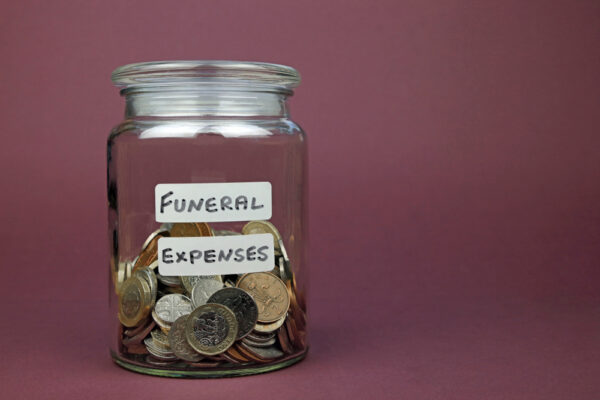
Frequently Asked Questions
1. How much of my portfolio should be in stocks versus bonds?
The old “100 minus your age” rule is a bit outdated. A 70-year-old having 30% in stocks might be appropriate, but your personal situation is what matters most. A better approach is to consider your total financial picture, your health, other income sources, and your tolerance for risk. Many retirees find a mix of 20-40% in stocks and 60-80% in bonds and cash provides a good balance of safety and inflation protection. A financial advisor can help you determine the right allocation for you.
2. How do taxes affect my investment returns in retirement?
Taxes are a crucial consideration. Withdrawals from traditional IRAs and 401(k)s are taxed as ordinary income. In contrast, withdrawals from Roth IRAs are tax-free. Interest from most bonds is taxable, but interest from municipal bonds is often free from federal (and sometimes state) taxes. Long-term capital gains and qualified dividends from stocks are typically taxed at a lower rate than ordinary income. Understanding these rules can help you structure your withdrawals more efficiently. For detailed information, federal tax information is at the IRS.
3. With inflation, are ultra-safe investments like CDs and savings accounts a good idea?
Yes, they are still essential, but for a specific purpose. Your emergency fund and your “Bucket 1” money should always be in these safe, liquid accounts. You are accepting a lower return in exchange for absolute safety and accessibility for your short-term needs. To combat inflation in your broader portfolio, you rely on your other investments, such as dividend stocks, bonds with higher yields, and other assets in your longer-term buckets. The goal is a blended portfolio where safety and growth are balanced.
4. Are my bank deposits safe if the bank fails?
Yes, absolutely. Your deposits in a bank or credit union are protected by federal insurance. The Federal Deposit Insurance Corporation (FDIC) insures deposits at banks, and the National Credit Union Administration (NCUA) insures deposits at credit unions. Each depositor is insured up to at least $250,000 per insured institution, per ownership category. This makes your cash in the bank one of the safest places it can be.
5. Do I still need a financial advisor in retirement?
While not everyone needs one, a good financial advisor can be incredibly valuable in retirement. Look for a “fee-only” Certified Financial Planner (CFP) who acts as a fiduciary. This means they are legally obligated to act in your best interest. They can help you create a sustainable withdrawal strategy, manage your investments, navigate complex tax laws, and adjust your plan as your life circumstances change, providing professional oversight and peace of mind.
For expert guidance on senior health and finance, visit Consumer Financial Protection Bureau (CFPB), Administration for Community Living (ACL), Eldercare Locator and AARP.
|
Fact-Checked Content
Our editorial team reviews all content for accuracy and updates it regularly. Learn about our editorial process →
|


















